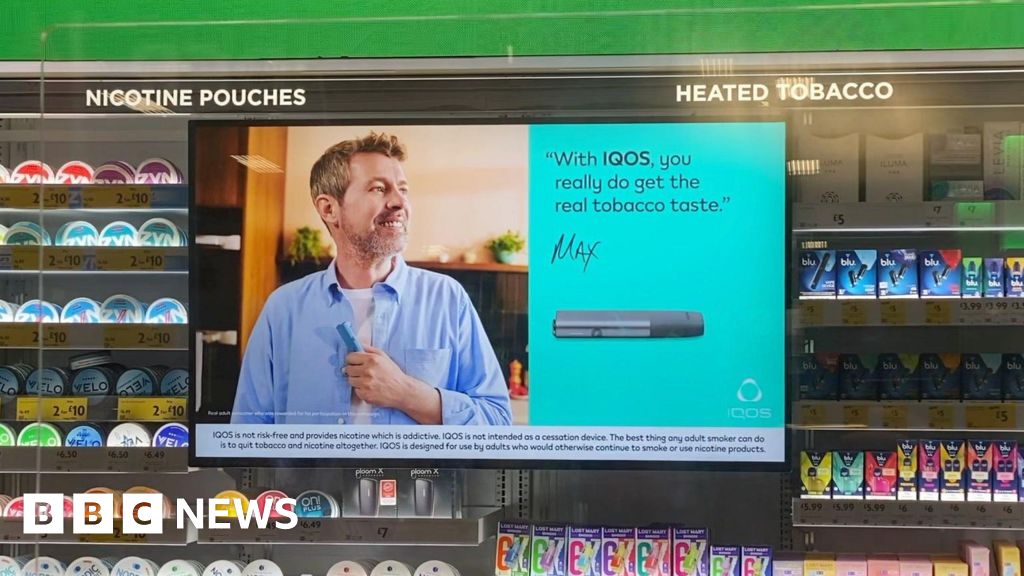Chief Human Resources Officer, Exabeam.
You’ve been invited to a dinner party by an acquaintance. You politely accept despite not knowing anything about the other guests, what to bring or how to dress. However, you’re uncomfortable asking the host for these details, so you just try to plan as best you can.
Now, imagine leading a team where its members have similar apprehensions and feel uncomfortable asking for clarity.
Everything, including our job performance, works better when we feel we belong, recognize our strengths and contributions, trust our surroundings and feel comfortable asking questions openly. These are all essential elements in building high-performing teams where members are clear about their own roles and everyone else’s. These teams have strong working relationships and are unified around a shared mission. People are confident and clear about where and how they can contribute in the most effective way.
We know from Project Aristotle at Google that the most important component of a high-performing team is psychological safety. Being able to share ideas without the fear of rejection, shame or embarrassment is what employees crave the most. That’s why it’s key for leaders to create this kind of environment for their team.
5 Contributors To High Performance Within Teams
So how exactly do we build high-functioning, high-performing and psychologically safe teams? There are several key elements that leaders should focus on.
1. Build Trust
Let’s start with the most basic. Savvy leaders understand the value of building relationships with their team and how this kind of investment yields long-term dividends. You’ll never regret taking an extra half hour to get to know someone on your team. Creating strong bonds of trust is like adding oil to a machine; it runs smoother, lasts longer and produces a better product. It helps you lead and direct your team in an easier, more seamless way. Trust also paves the way for employees to share feedback openly and honestly, which allows for more information-based decision-making.
One simple method for building trust is creating recognition programs where great behaviors and courageous acts, not just successful outcomes, are rewarded. These can help normalize mistake-making, which amplifies trust. Another strategy involves asking for feedback in a continuous way, whether through engagement surveys, focus groups or routine one-on-ones. Just remember to close the feedback loop by listening, sharing what’s heard and then acting.
2. Encourage Transparency
Transparency—which happens to be a key component in building trust—is an essential aspect of high-performing teams. In this context, it’s about being clear about mission, goals and values. The more your organization is clear about its goals and why it exists (beyond maximizing profits), the more it will attract key talent from a multitude of backgrounds. Millennials and Gen-Z in particular are strongly motivated by transparency and social impact. Transparency, particularly when woven into regular communication, is a force multiplier for high-performing teams because it enables individuals to do their best work with clarity.
3. Adopt A Growth Mindset
Employees thrive when they know it’s okay to try something new or different, even if it’s not always successful. Innovation happens when we attempt to take on challenges or implement unprecedented approaches. Conversely, in work environments that leverage shame-and-blame management tactics to get work done, employees lack psychological safety and fear thinking outside of the box. This has been shown to stunt transformation and, ultimately, performance.
Failure is the birthplace of growth, so think of all the possibilities that come to the surface when team members know it’s okay to fail. By adopting a growth mindset, your team will have the foundation for high-quality outcomes.
4. Ensure Alignment From The Top
Trust, transparency and empathy, all important in creating high-performing teams, are modeled from the top down. Organizations are most successful in getting everyone to offer their best contributions when leaders throughout the organization model these behaviors. If your teams are working hard to create psychological safety but senior leaders act in ways that erode those efforts, it becomes challenging for employees to truly perform to the maximum of their potential. But when building a culture of trust and safety is supported and propelled by leadership, you’re more likely to develop high-performing teams.
5. Seek Culture Adds, Not Culture Fits
At Exabeam, we practice hiring according to what we call “culture add.” We’re intentional about who we bring to the company and our teams because we don’t want new employees to merely fit into our existing culture. We want them to bring something new and unique to the table.
When bringing on new hires, you should ensure that they understand the status quo, then add their individuality to it. In this way, you can harness the richness of diverse thoughts, new ideas and fresh perspectives. A high-performing team is one where its output is greater than that of the individuals themselves. To cultivate that dynamic, it’s vital to seek talent that will enhance your culture rather than simply slot into it.
Building high-performing teams is a journey, not a destination. The world is dynamic and ever-changing, so it’s imperative that leaders evolve and work to build environments where trust, consistency and culture are embraced. Thankfully, there’s more awareness about these topics than ever before. So let’s be the dinner party hosts who are in tune with each guest’s needs and do all we can to provide the best experience possible.
Forbes Human Resources Council is an invitation-only organization for HR executives across all industries. Do I qualify?
Credit: Source link











